February is usually a dreary month, but it’s also a great month to get started on your garden (I have!). I’m sure you’re wondering “What seedlings can you start in February?,” and you might even think I’m a little bit crazy (I probably am).
February is a rather ambitious time of year to start seedlings, since in most northern states, the freezing temperatures can make it rather difficult to support thriving young plants.
This article is an excerpt from my best selling gardening book, Organic By Choice. It has everything you need to grow a garden that delivers you a full harvest.
Click here to buy the paperback version and get the digital version for FREE.
On the other hand, in many southern states, the climate can be too unpredictable to determine if outdoor planting will actually be worth the effort.
With that being said, to answer the question “What seedlings can you start in February?,” there are particular plants that flourish well even during the icy months.
Before we get started with what seedlings you can start in February, there’s some general tips you should consider, since they’re the difference between success and a seedling flop:
- The approximate planting date you can set young plants to harden off. You need to pick a date after the last frost of the spring that you’ll actually start planting in your outdoor garden, then count backwards 10 weeks. This is the date you should start your seedlings.
- After placing each seedling, if you plan to use lights, set the lights about 2-3” above the tops of the plants, or pots (for seedlings that haven’t sprouted yet).
- You need to first ensure that you have a hoop house or cold frame available to transplant the seedlings in.
So, now let’s answer the question “What seedlings can you start in February?” Here’s some answers:
Onions
This robust crop can easily withstand freezes and frosts. Start them out in warm zones (between 5-7), and transplant them after a good 8-10 weeks.
Microgreens
Although microgreens are not exactly what you think of when you imagine seedlings growing in your greenhouse, they STILL are something you can grow in February.
Spinach, flax, and bean sprouts are examples. When starting your microgreens, they must be sprayed consistently, and harvested at the micro stage. These goodies are perfect for salads and sandwich toppings!
Leeks
These green treats resemble giant scallions, and are excellent for sub-freezing temperatures – they have proven to be cold-hardy down to approximately 5° Fahrenheit!
Broccoli
Broccoli seedlings do best the best when soil temperatures are between 60°-70°F, but can germinate as low as 40°F.
Start growing broccoli seedlings indoors about 6 weeks before the last spring frost. Set out the hardened-off seedlings when they are approximately 4 weeks old, and set the transplants 2-3 weeks before the last spring frost.
Cabbage
Cabbage prefers to only grow in cold temperatures (crazy, I know). Begin growing this leafy plant indoors approximately 6-8 weeks before the last spring frost.
Harden off the plants over a 7 day period, and transplant outdoors 2-3 weeks before the last spring frost.
Herbs
Herbs are rather simple to plant and tend to, and the nice thing about herbs is they’re pretty portable throughout most stages of growing (so if you need to pull them inside because of a surprise cold-snap, no worries!).
Start planting herbs about eight to ten weeks before the last frost of the season, then transplant them into pots. Should another unexpected frost occur, the pots can simply be brought inside.
The best herbs to start growing at this time are basil, oregano, thyme, chives, and parsley. We love basil (yay pesto!), so that’s big on my list this year!
Lettuce
Sprout lettuce seedlings in a large 4” pot. Lettuce grows rapidly, so the larger pot means that it’s easier to accommodate it as it grows.
Use a cold frame to protect your baby lettuce if you plan to put the seedlings out in March before the weather has turned warm.
Spinach
Spinach should be planted indoors in to prepare it for transplant in March.
Like with lettuce, spinach must be planted in a large 4” pot, however, this is more so due it the large size of its taproot rather than its rate of growth.
Because of its long taproot, spinach seedlings do not transplant easily (I honestly start spinach outside, directly sowing it into the soil to make things easy on myself, BUT you can start seedlings in February if you’re committed).
When you do transplant the seedlings, make sure you leave a lot of soil around the spinach roots.
Swiss Chard
This crop is quite cold-hardy and can be transplanted in March in a cold frame. Personally, I don’t like swiss chard so I grow it for Dahlia and the rabbits, who have a more appreciative taste for it.
Kale
Kale is an incredibly resilient plant and thrives in colder temperatures, and the funny thing about kale, is it tastes better if it’s been through a frost!
For a sweeter-tasting yield, start seedlings in February, and transplant to the garden in mid-March.
What are some other things you can do in February to get started for spring? Here’s what else we got going on:
- Pruning apple and pear trees.
- Pruning currants and gooseberries.
- Pruning raspberry bushes
I’d like to hear from you!
Did you wonder “What seedlings can you start in February?” Which will you start? Leave a comment below!
Maat van Uitert is a backyard chicken and sustainable living expert. She is also the author of Chickens: Naturally Raising A Sustainable Flock, which was a best seller in it’s Amazon category. Maat has been featured on NBC, CBS, AOL Finance, Community Chickens, the Huffington Post, Chickens magazine, Backyard Poultry, and Countryside Magazine. She lives on her farm in Southeast Missouri with her husband, two children, and about a million chickens and ducks. You can follow Maat on Facebook here and Instagram here.



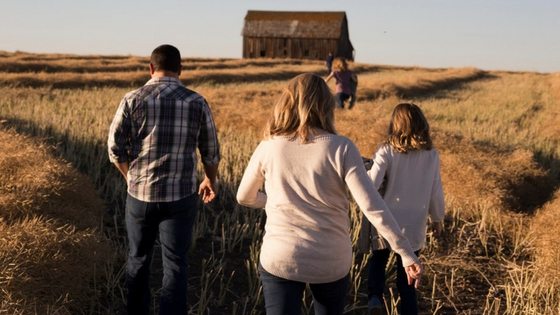
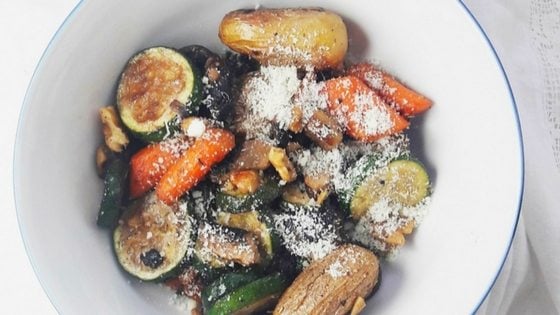
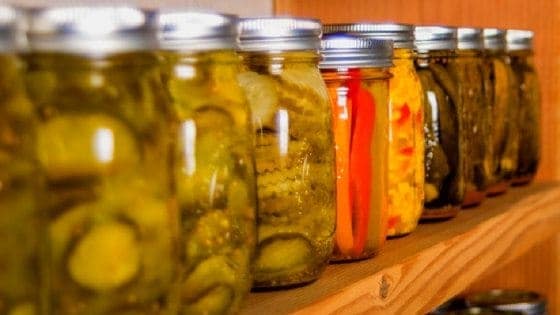
![A Cluckin’ Good Time: Episode 1 [Live Stream]](https://thefrugalchicken.com/wp-content/uploads/2016/11/a-cluckin-good-time.jpg)
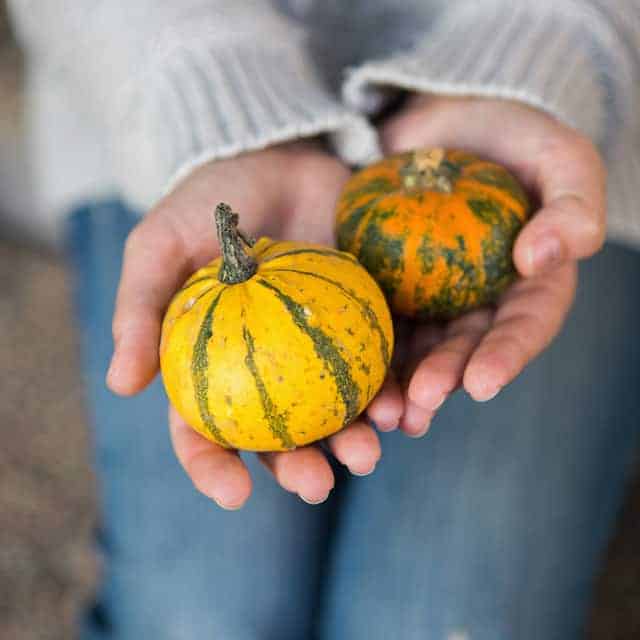
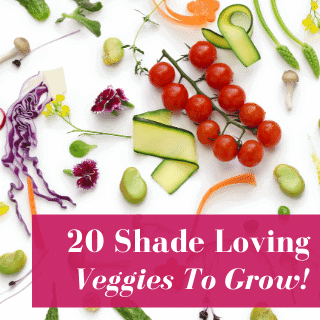
Thank you. Trying to find a balance of when to start and when to wait. So wet and cold up here it has been a crap shoot every year.
Well, I have no idea exactly what I am doing when it comes to “officially” growing a garden! I had a few…very few plants (tomatoes, Chard, potatoes) when I lived on the mid coast of California. Now I live north of the Olympic Mountains in Washington! We have just started plotting out the area where we will have our garden and have talked about starting seeds indoors, so this list has helped! And I need all the help I can get!!!
One can also take grape cuttings now, and probably a lot other hardwood cuttings
Good info. Lucky me I reach on your website by accident, I bookmarked it.